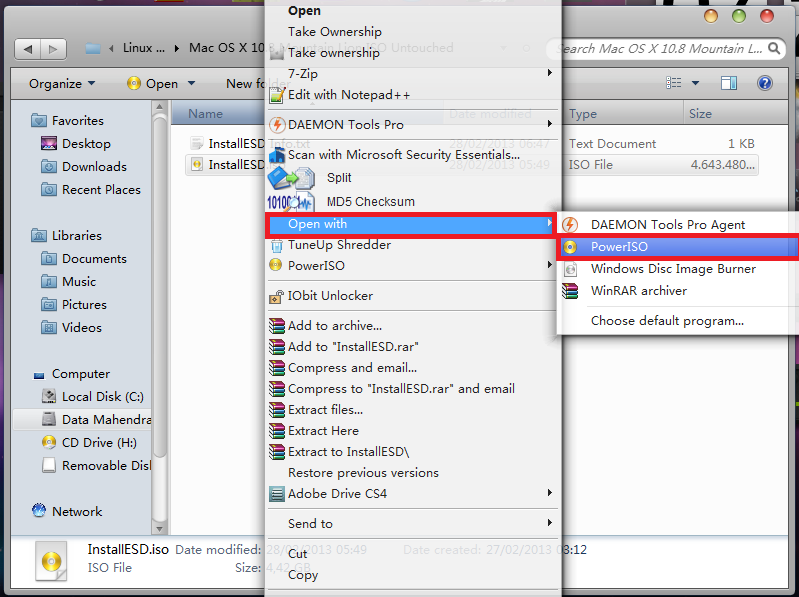How To Make A Paragraph Within A Cell Excel For Mac 2011

There's 3 ways to get a carriage return or paragraph return or line feed within a cell. Method 1 - Cell Wrapping Often, you need only set the cell to wrap text, and you can set the width of the cell to whatever is desired. Learn how to use Excel for Mac 2011 to create different kinds of charts—from column, bar, and line charts to Gantt and exploded pie charts—and understand which type works best for your data. A different key combination is needed to create a new paragraph in an Excel cell. Step 1 Open the Excel file, and double-click the cell where you want to add a paragraph break.
Mike Alexander had a about this last year. His method uses custom 'number' formatting on the cells. • Paste in your bullet (he chooses one by using Insert->Symbol) • copy the symbol to the clipboard • format the range/column needing the bullets and use bullet + Space + @ as the formatter. Note that this only works on items in individual cells (it will only put a single bullet at the beginning of the cell.) If you need to add bullets into a single cell, Use Alt+ Enter to add a new line character, and copy 'n' paste your bullet character. One way would be to dedicate a column for the bullets, say column A for the bullet and column B for the data, and make the bullet appear conditionally on available data in B. For cell A1 I would use something like: =IF(ISBLANK(B1),','●') You can then make column A narrow so it will fit in width to the bullet.
Also you can copy this formula to a far off row so that any time you write in column B, you'll already have this formula ready in the cell next to it in column A. Also, if you want to change the bullet's style - go to any empty cell, click on Inset Symbol, choose your bullet, then you can copy paste it into the equation above.
Excel New Paragraph Within A Cell
My question if the same as Jay’s (june 18 2012). I have entered multiple lines of data in a single cell using alt enter.
When i copy the contents of this cell to another it appears in several rows. Your answer confirms this happens. Are you also saying there is no shortcut and in every instance i would have the tedious task of merging the copied cells. I have to do this often and its time consuming. I find all your other tips most helpful. Some have cut my work time by half.  Thank you thank you.
Thank you thank you.
The difference may be in the way you’re copying the cell. If you’re copying the contents of the cell — if you’re going into the cell itself (either with F2 or within the formula bar or by double-clicking) and selecting the individual lines/words/characters, then that’s why you’re getting the result you’re seeing. Microsoft office 2016 for mac download.
See the video above (under “Update”) for a demonstration/explanation. If you want to copy just part of the cell into another cell, then do use double-click; just make sure you double-click both just before you copy and just before you paste.
If you double-click and copy part of the contents, then single-click a cell to copy to, you’re mixing apples and oranges vis-a-vis copy methods. Use one method or the other as appropriate. I create a multi-column weekly report in Excel where I have one column of cells with multiple line breaks in each cell. I have to email this to my supervisor in Outlook each week to “edit” and when it comes back and I try and copy it BACK into Excel, I lose the line breaks in the cell.
In other words, the separate lines recorded in a single cell in the original output are put back into separate cells when I copy over from Outlook. I have tried copying the Outlook text into a Word table and then copying that back to Excel, but in all cases I lose the line breaks within the cell. This may sound a little harsh, but can your supervisor not simply edit the file in Excel? Does s/he not have Excel? Or has it but doesn’t know how to use it? What’s the barrier to simply attaching the Excel sheet to the outgoing email, rather than dumping the text into the body of the email?
I don’t really get how this copy-and-paste process you describe evolved. How did you two come up with this way of doing things?
It sounds to me like your company needs the services of a good IT professional to set up some sort of environment in which your supervisor has direct access to the data that needs editing. Or your supervisor should get/learn Excel and “edit” your sheet when you turn it in.
Or you could let your supervisor write on a hard copy and you type the changes. But the system you describe sounds maddeningly over-engineered to me. Flipping the data back and forth among various file types (copying to Word, over to Outlook, then re-copying back to Excel) is bound to cause formatting issues. Yes, I do attach the Excel spreadsheet, sometimes ONLY the spreadsheet, but the pertinent columns are always copied to Outlook and revised there and then returned to me. The text that comes back appears to have the line breaks in the cells, but when I copy back to Excel, the line breaks don’t carry over. No worries, we are revising the process anyway, so this was just a shot at a short term fix, but I was just curious if it was even possible.